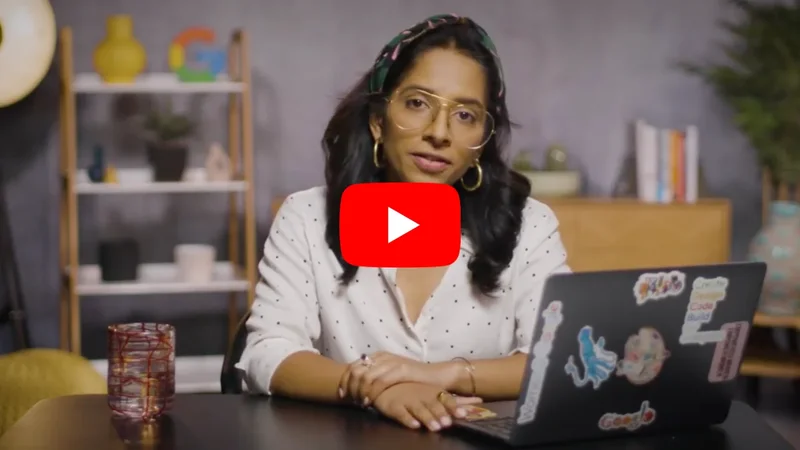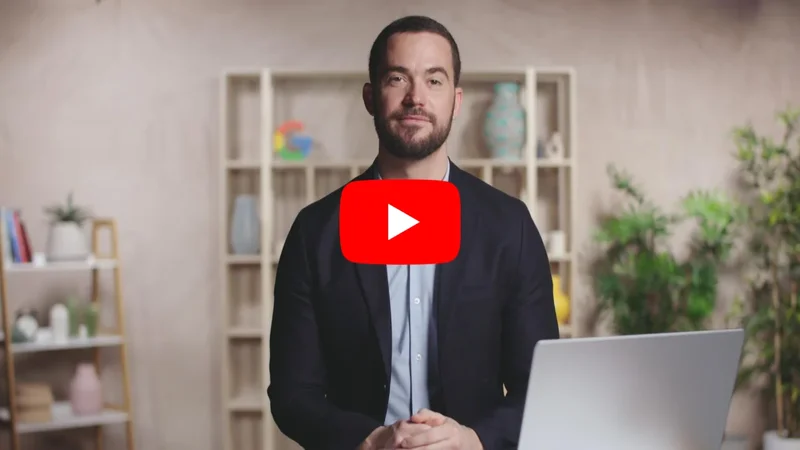Google Translate: Verify content in 100+ languages.
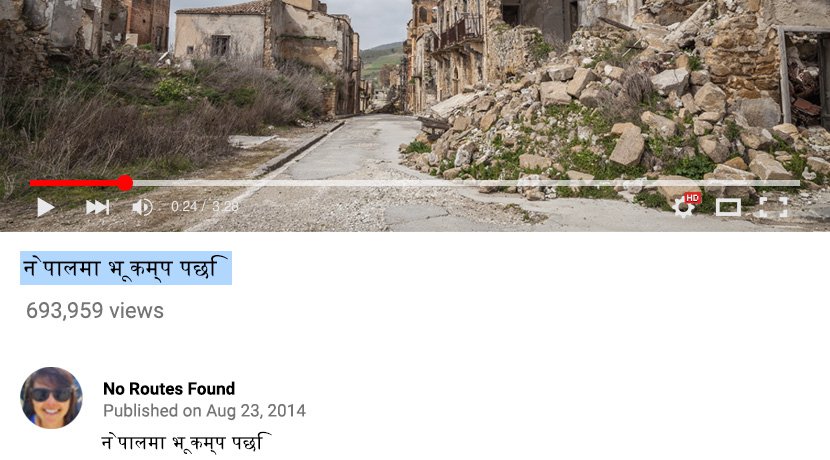
Interpret descriptions, uploader information and place names.

Verify material in foreign languages.
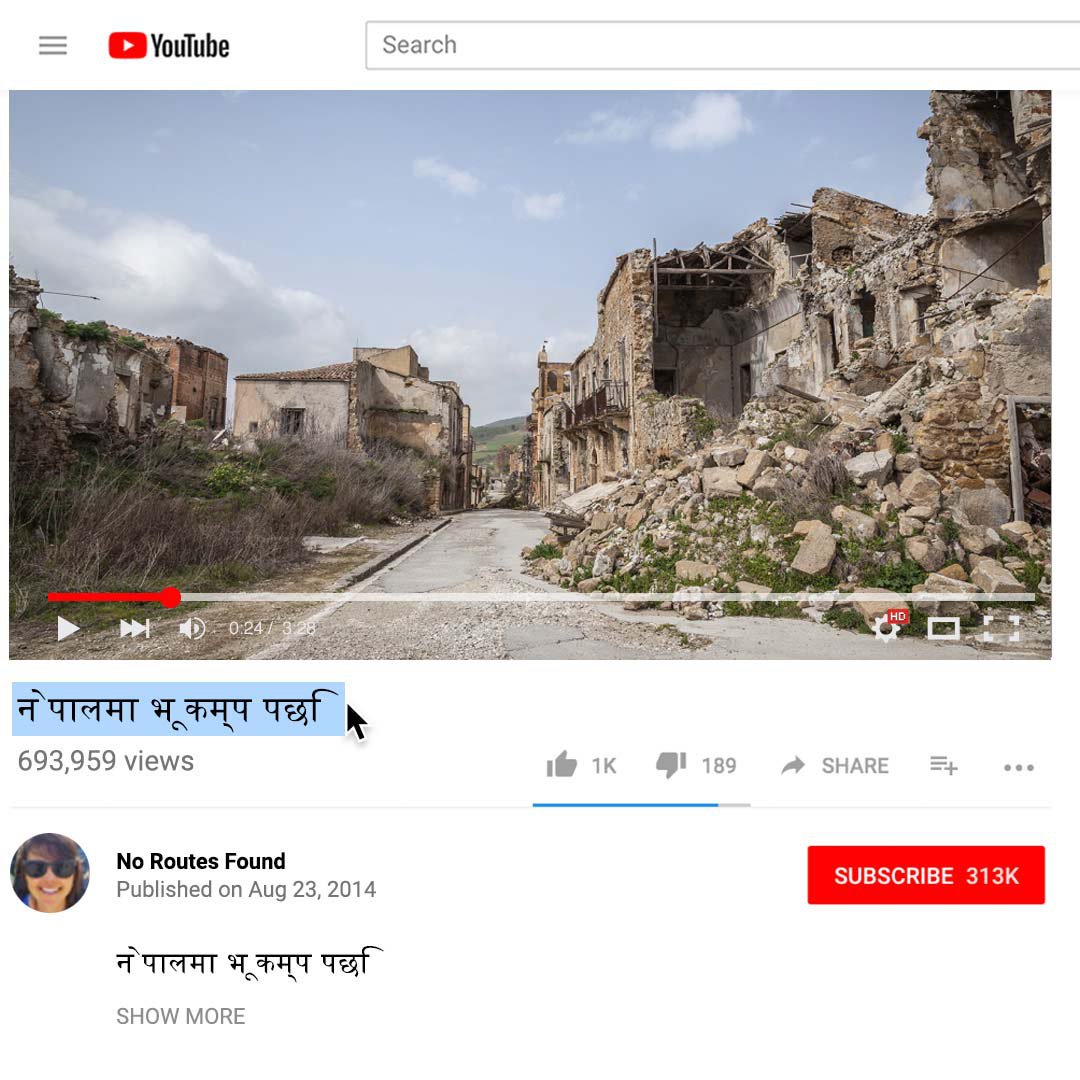
Deciphering text is often the first step to verifying eyewitness reports from around the world. Google Translate helps you understand and communicate in more than 100 languages.

The basics of Google Translate.
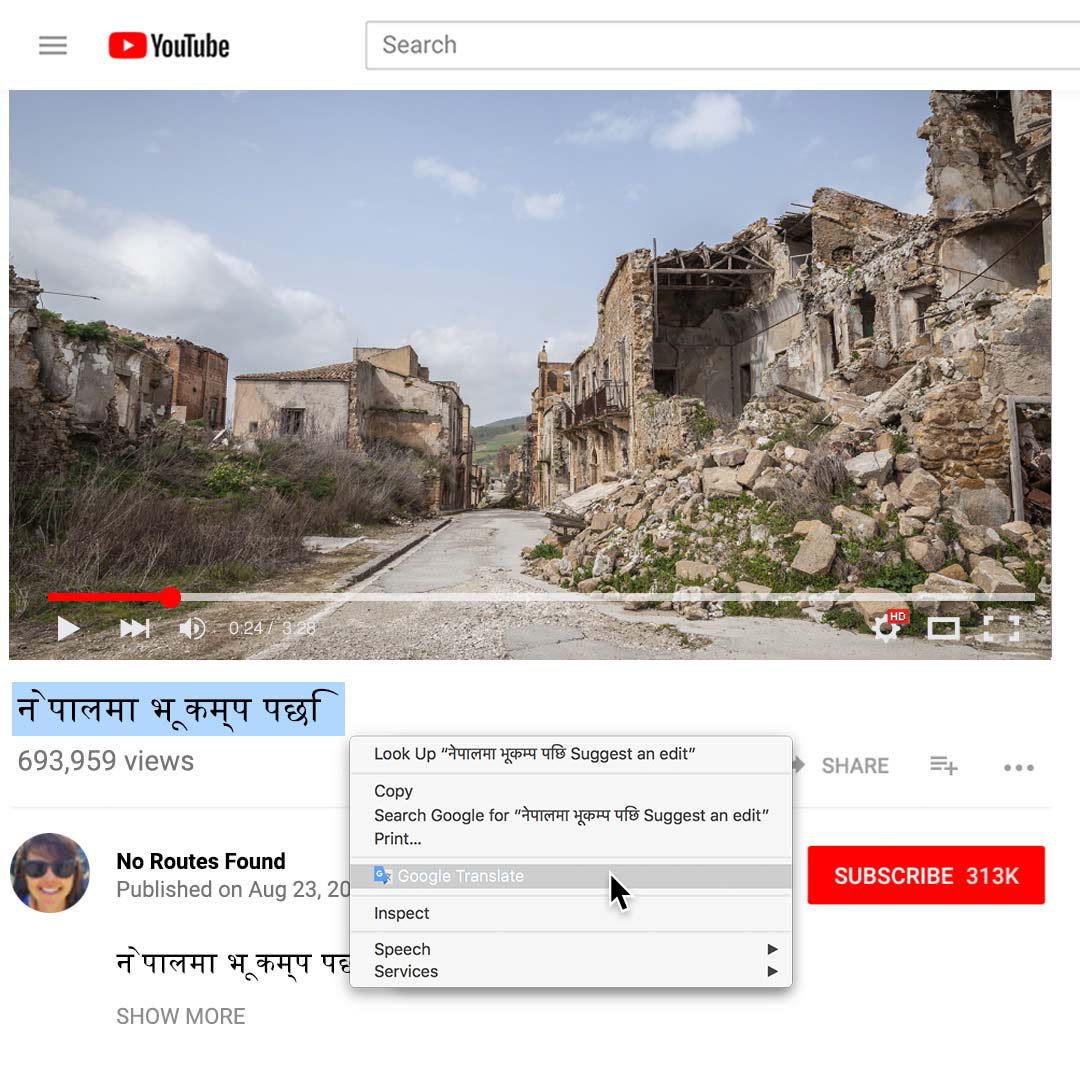


The basics of Google Translate.
From any browser on a desktop, visit translate.google.com and type or copy the words in question. Mobile users can download the Google Translate app.
Then paste the words into Google Translate, it will detect the language and suggest a translation.
If you’re a Google Chrome user who frequently needs translations, download the Google Translate browser extension here. You’ll be able to right-click on words and phrases, select Google Translate, and be taken to the tool for recommended translations.



Check for alternate translations.
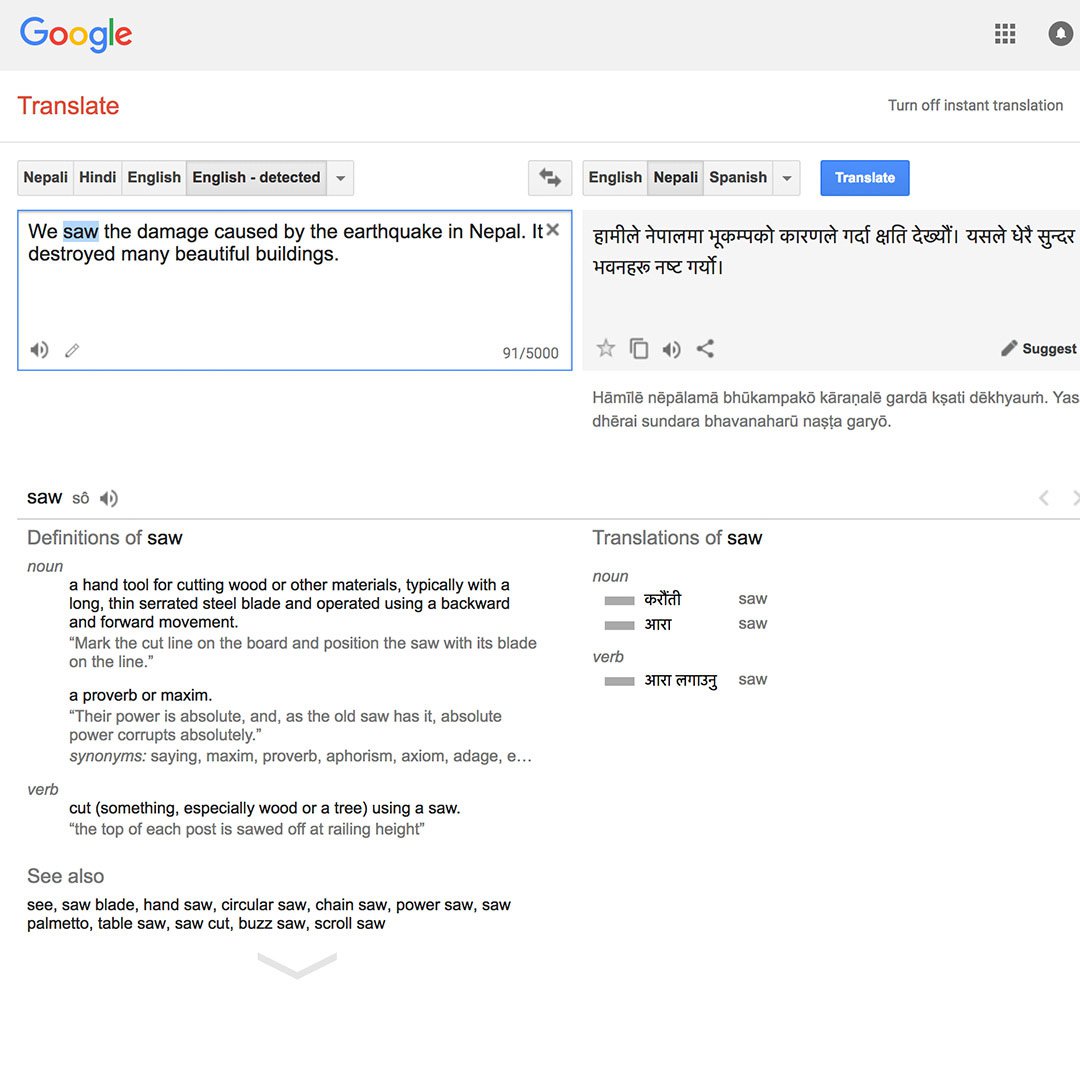
In some cases, a word may have multiple translations and you will need to take an additional step to get the best possible version.
Highlight any word to see its definition and to reveal suggested alternatives.

Additional translation features.
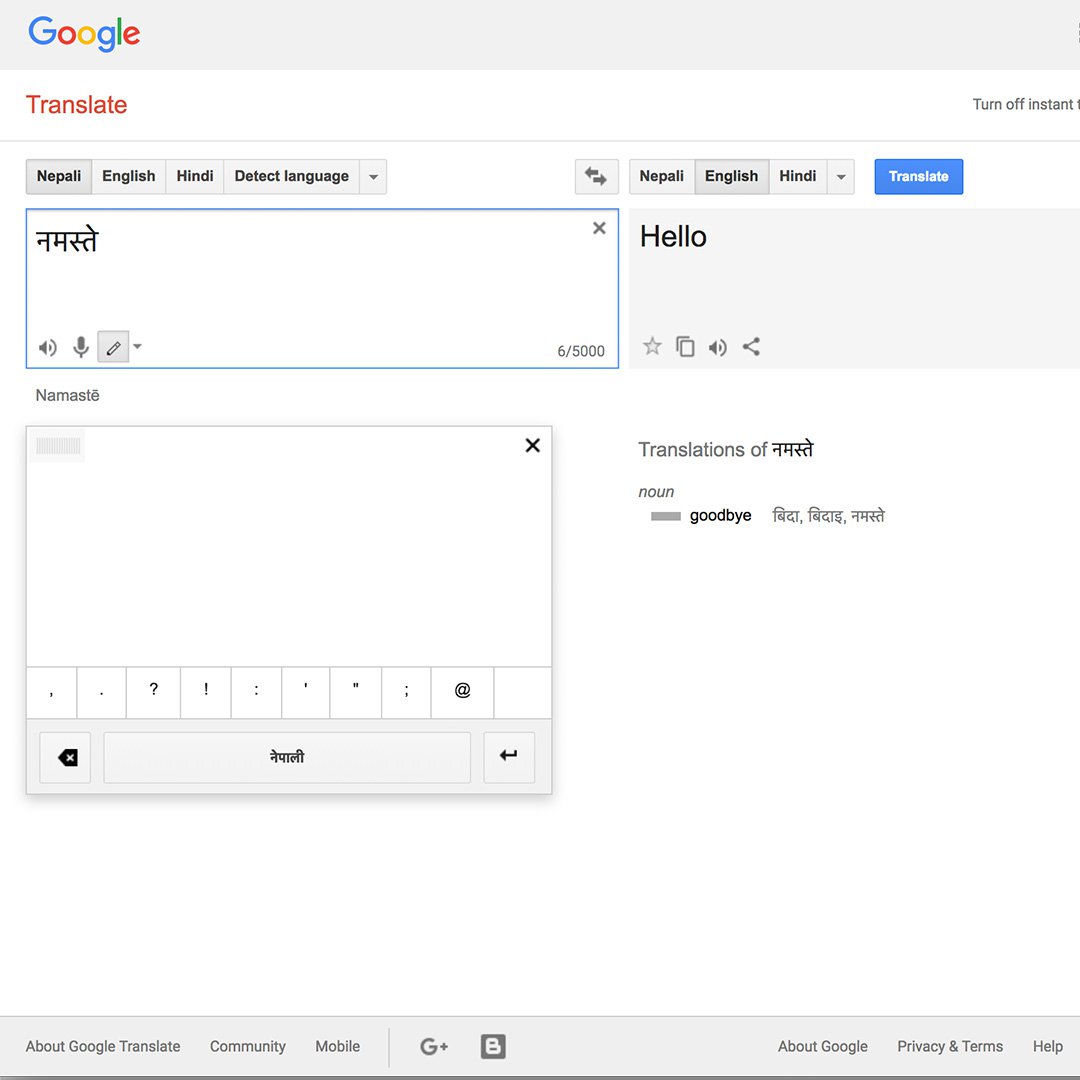



Additional translation features.
Google Translate includes a pronunciation tool for supported languages.To hear a phrase pronounced, click on the audio icon. To see a complete list of which tools are available in each supported language, click here.
Let’s say you find a set of characters in an unfamiliar language. There’s a tool that lets you handwrite words for translation. First, click on the pencil icon.
Draw the characters or letters you want to translate and click Enter.
Your translation will appear in the window to the right.




Search eyewitness media.
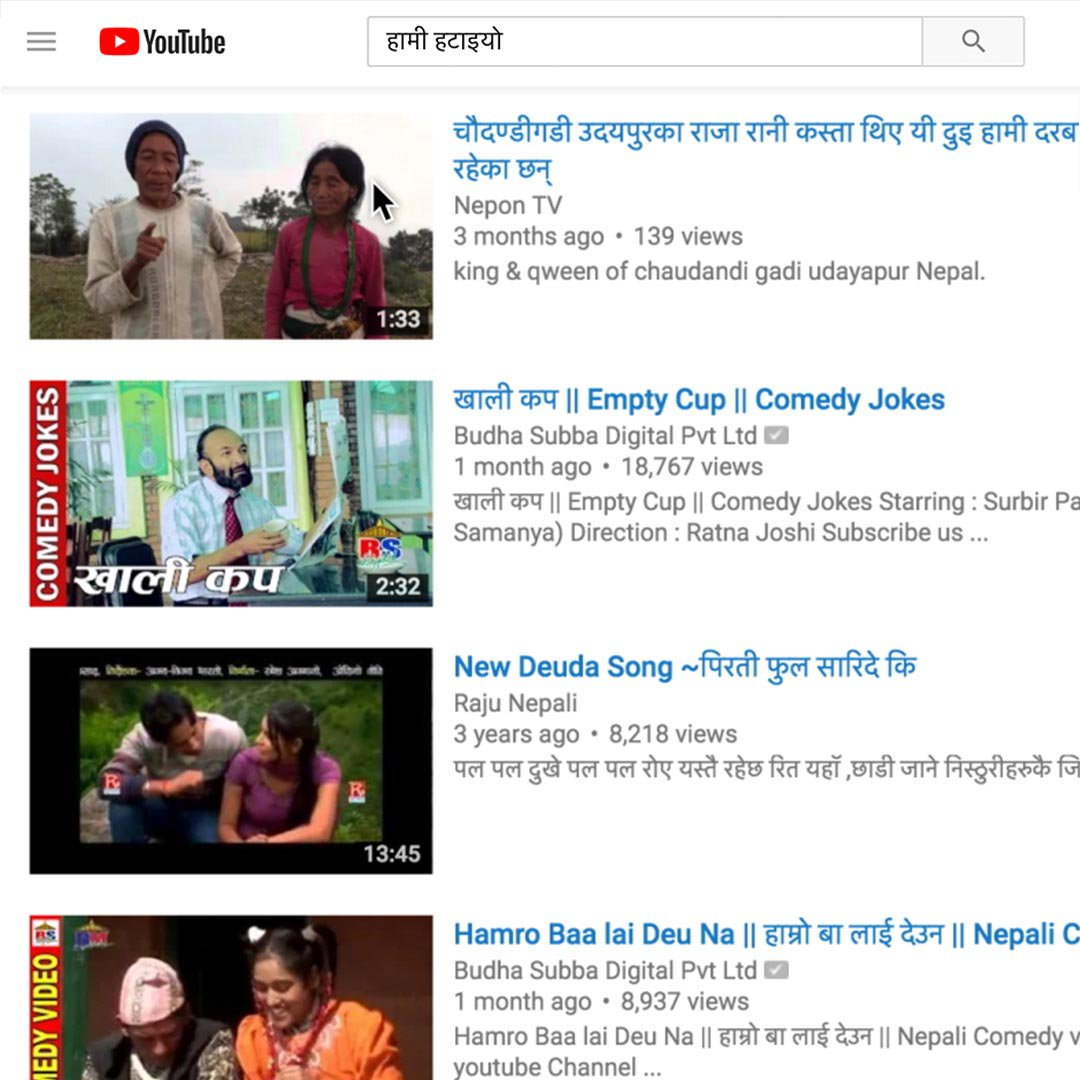


One effective verification technique is to search for additional eyewitness images to help you corroborate the information contained in the one you are working with. With a major event like the 2015 earthquake in Nepal, there will be many posts about it online.
To run effective searches in different languages you must use words that an eyewitness would use in real life, like “my building shook” or “we were evacuated.”
Type in the phrase you want to search for.
Translate the phrase and copy it.
Then paste it into your search to look for media that confirms your original source material.



-
Introduction to AI for Journalists
LessonLearn about Google's approach to AI and how our products can support newsrooms. -
Keep visitors engaged with video on YouTube
LessonBuild your relationship with billions of YouTube viewers -
Understand direct and programmatic ad revenue
LessonSell ads, set prices, pitch advertisers and communicate results







